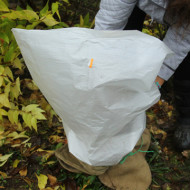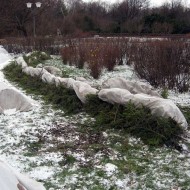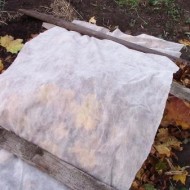How to cover forsythia for the winter or you can do without preparation in the fall
Content
Autumn procedures
Forsythia is a beautiful, spreading shrub that is used in landscaping. This decorative culture is considered a spring symbol of Central Europe, since it is found in almost every public garden and city park. The plant is very unpretentious to growing conditions and care. However, our gardeners often complain about the lack of flowering. The cause of this problem lies in improper care of the plant, including a violation of the technology for preparing for winter.
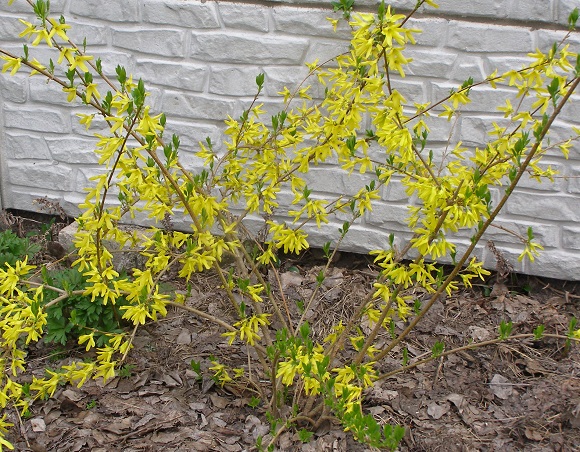
The preparation and shelter of ornamental shrubs for the winter depends on the climatic zone of the culture. So, in the southern regions, most plants do not require additional shelter for the winter. Ornamental crops grown in the northern regions of the country need careful insulation. In this case, the preparation and shelter of plants should be carried out in accordance with the varietal characteristics of the cultivated crop.
Caring for forsythia in the fall begins with examining the shrub for signs of pests and various diseases. On the eve of the winter cold snap, it is recommended to treat the garden with microbiological preparations that increase the endurance and resistance of plants to pathogens of various diseases and invasions of parasites.
Video: "Shelter of forsythia and thuja for the winter"
From this video you will learn how the preparation of thuja and forsythia for winter occurs.
Pruning
Autumn preparation of forsythia for winter includes activities such as pruning and watering shrubs, loosening and mulching the soil.
According to experienced gardeners, timely and correctly performed anti-aging crown pruning helps to maintain an aesthetically pleasing forsythia bush. Autumn anti-aging pruning is performed according to the following scheme:
- Removal of old, dried out shoots damaged by insects and fungal diseases.
- Pruning long branches that make the shrub look unattractive.
- Thinning of the root part of the bush. With the help of a sharp garden pruner, you need to cut off some of the shoots that are close to the ground. This manipulation prevents the invasion of harmful insects.
- Removal of intertwining and growing branches towards the center.
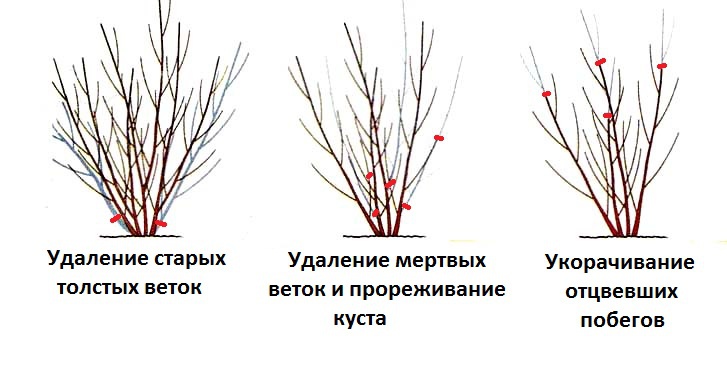
Refusal from autumn pruning not only negatively affects the aesthetic attractiveness of the shrub, but also leads to a decrease in its winter hardiness and endurance.
Mulching
Removing weeds and loosening the soil in the near-trunk circle increase the access of oxygen to the root system. Do not neglect these procedures on the eve of the winter cold snap.
It is equally important to know how to properly mulch the root collar of an ornamental shrub. The mulching layer should be no more than 10-15 cm high. A higher base will cause the root collar to decay, and rot may gradually move from the aerial part to the root. You can mulch the shrub with peat, dry opal foliage, small spruce twigs, tree bark and sawdust, hay, straw and dried river sand.

High-quality feeding and watering control
Unlike other ornamental shrubs, forsythia is not demanding for watering. Excess moisture in the soil negatively affects the development of the root system and often leads to rotting of young shoots. If the autumn turned out to be damp and rainy, the forsythia bush does not need to be watered for the winter. With a lack of precipitation and dry soil, it is recommended to water the shrubs around the perimeter of the trunk circle. Average water consumption per adult bush is 7-10 liters.
Autumn is considered the optimal period for fertilizing ornamental crops growing in the garden. Almost all novice gardeners adhere to this opinion. However, not all plants need autumn feeding. If you feed the forsythia with organic matter or mineral fertilizers in the fall, the shrub receives an additional incentive and begins to actively increase its mass. Increased growth and the emergence of new shoots lead to a weakening of the ornamental culture, which is highly undesirable in the approaching cold and frost conditions.
The application of mineral fertilizers to the soil stops at the end of summer. During preparation for winter, the forsythia bush should not receive any additional fertilizing.
Shelter to frost
The peculiarities of the forsythia shelter for the winter depend on the climate of the growing region. For example, frost-resistant ornamental shrubs do not cover in the southern regions. In Crimea, Stavropol Territory, Adygea and Krasnodar Territory, in the Caucasus and Kuban, forsythia can winter without additional shelter. The plant is mulched with a mixture of peat, tree bark, sawdust and dry sand.
As for the central and northern regions, most species and varieties of ornamental horticultural crops are subject to shelter. In addition to mulching the root collar, you need to cover the entire shrub. To insulate forsythia, you can use "breathing" covering materials: spunbond, geotextile, lutrasil, etc. On top of the covering material, poured decayed foliage, dry earth, pine spruce branches and snow.
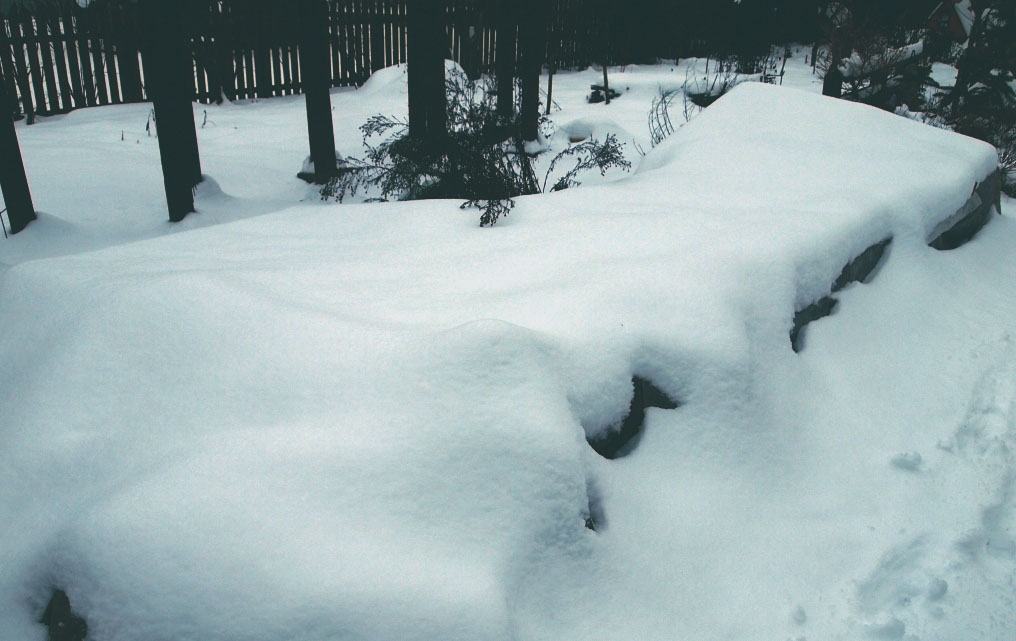
There are several methods for hiding forsythia. Some gardeners build wooden frames, which are covered with mesh or any non-woven covering material. Other summer residents prefer to bend the branches of the bush to the ground and then cover them. It is not recommended to use dense polyethylene film and roofing material as a covering material.
Despite the high frost resistance, young and adult forsythia shrubs need to be insulated for the winter. Additional shelter protects not only from severe frosts, but also unexpected changes in air temperature.



